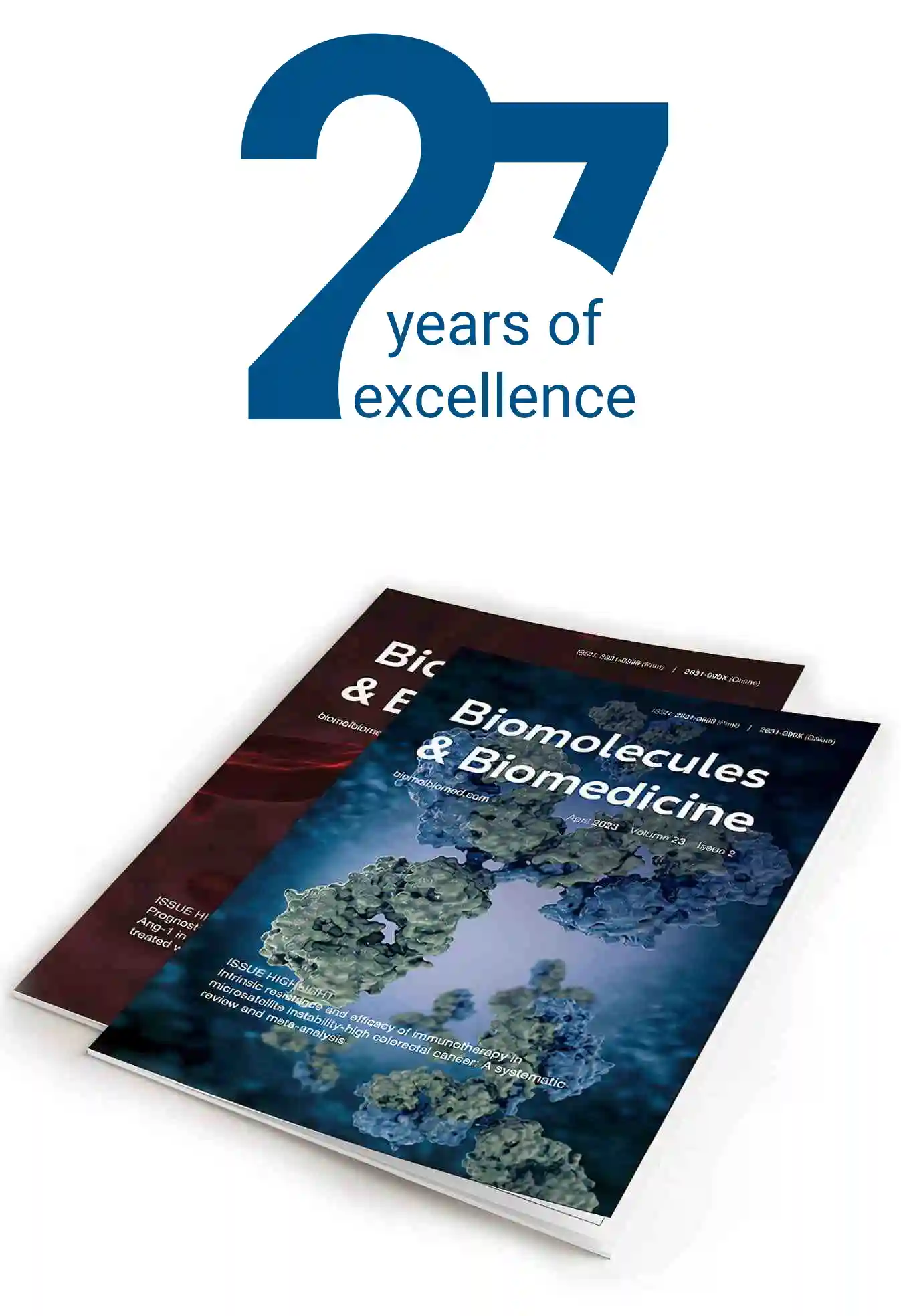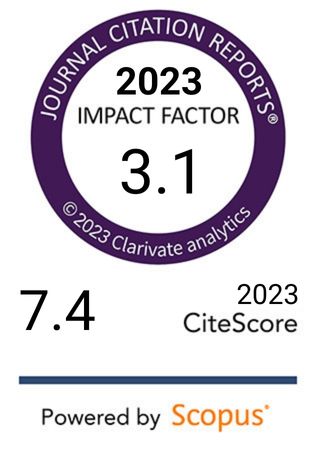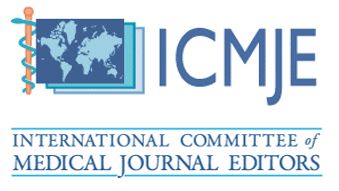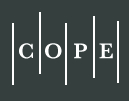Mechanistic insights into Y-Box binding protein-1 mediated regulation of lipid metabolism and oxidative stress in NAFLD via INHBE/TNF-β pathway
DOI:
https://doi.org/10.17305/bb.2024.11249Keywords:
Y-box binding protein-1, YB1, lipid metabolism, nonalcoholic fatty liver disease, NAFLD, Inhibin beta E, INHBE, TNF-beta signaling pathwayAbstract
Nonalcoholic fatty liver disease (NAFLD) is a prevalent liver disorder that has emerged as a significant public health concern. This study aimed to investigate the mechanisms by which Y-box binding protein-1 (YB1) knockdown influences lipid metabolism and oxidative stress in palmitic acid (PA)-induced NAFLD LO2 cells. The expression of YB1 was analyzed using the GSE89632 dataset from the Gene Expression Omnibus (GEO) database. RNA sequencing was performed, followed by Gene Ontology (GO), Kyoto Encyclopedia of Genes and Genomes (KEGG) pathway analyses, and protein-protein interaction (PPI) network analyses to identify differentially expressed genes (DEGs). Quantitative real-time PCR (QRT-PCR), Western blotting, flow cytometry, and various biochemical assays were used to evaluate gene expression, lipid accumulation, and oxidative stress. Our results demonstrated that YB1 is highly expressed in NAFLD. RNA sequencing revealed 798 DEGs between the shCtrl and shYB1 groups, with 190 genes upregulated and 608 genes downregulated. Notably, we observed an increase in Inhibin beta E (INHBE) expression, while EGR1, GDF15, NUPR1, and FOSB were decreased in NAFLD LO2 cells. YB1 knockdown, particularly when combined with INHBE suppression, significantly enhanced cell viability, improved lipid metabolism, and reduced reactive oxygen species (ROS) accumulation and malondialdehyde (MDA) content. The downstream mechanism was primarily associated with TNF-β signaling. Specifically, we observed decreased levels of TGF-β1, p-Smad2, and p-Smad3 following YB1 and INHBE knockdown. Furthermore, INHBE overexpression reversed the beneficial effects induced by YB1 knockdown. In conclusion, YB1 knockdown improves lipid metabolism and reduces oxidative stress in NAFLD LO2 cells, largely through the INHBE/TNF-β signaling pathway. These findings provide valuable insights into novel therapeutic strategies for managing NAFLD.
Citations
Downloads
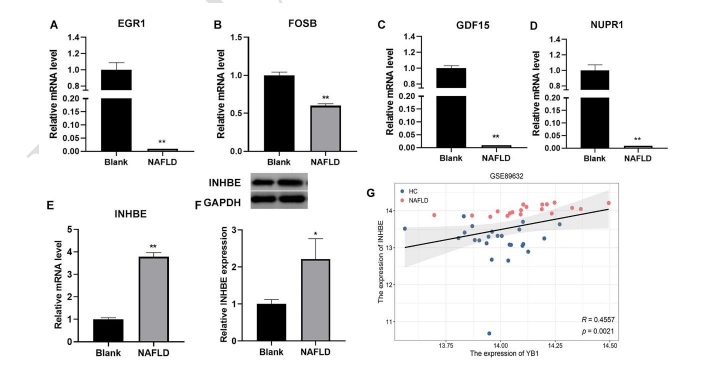
Downloads
Published
Issue
Section
Categories
License
Copyright (c) 2024 Zhi Ren, Rui Wang, Jun Wei, Zhenzeng Ma, Xiquan Ke

This work is licensed under a Creative Commons Attribution 4.0 International License.
